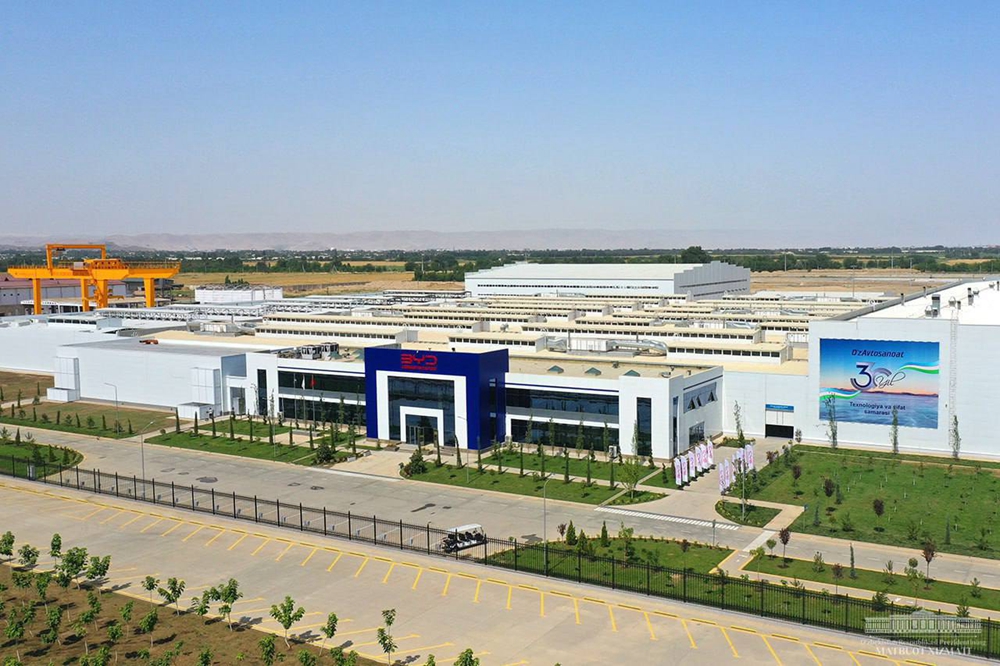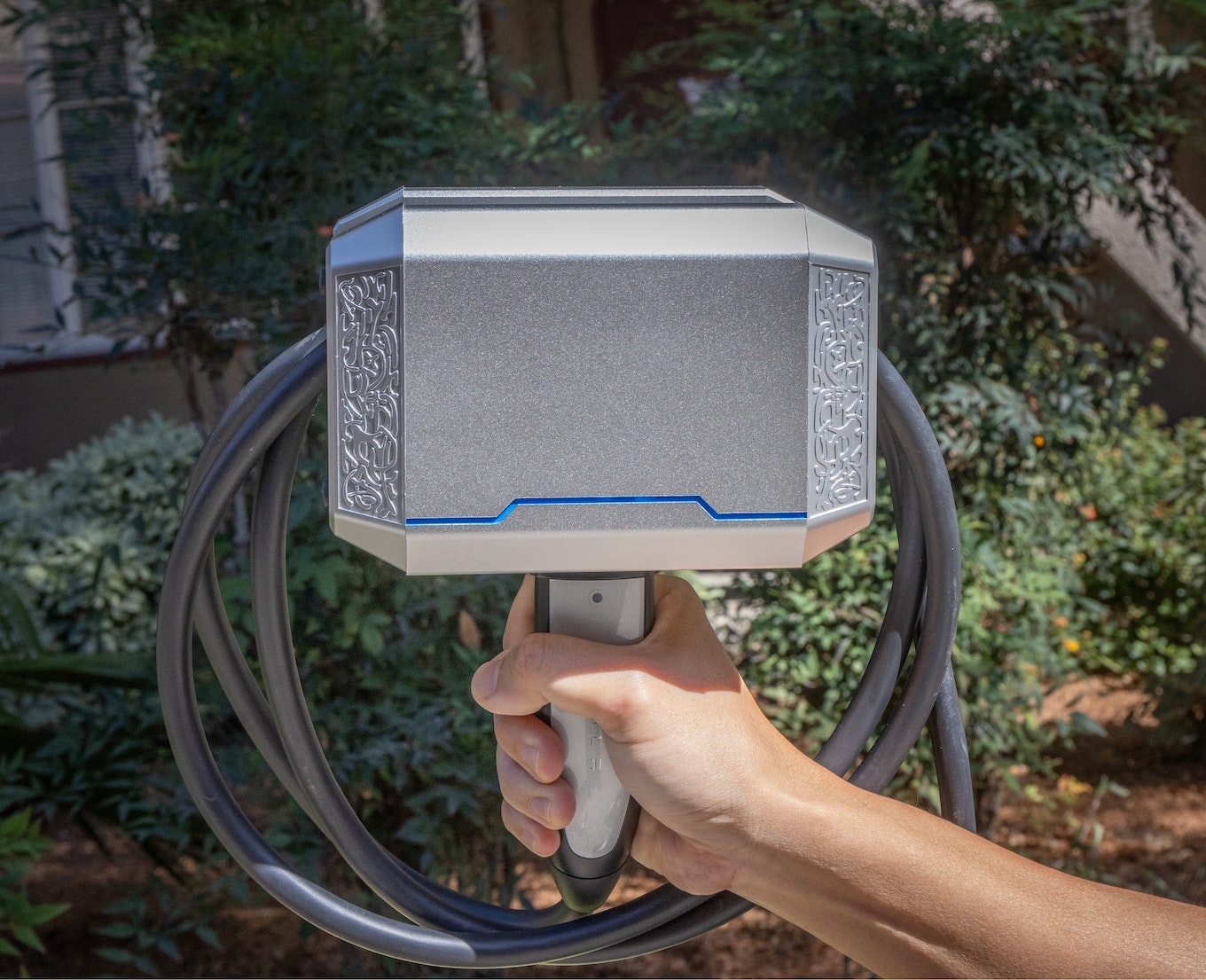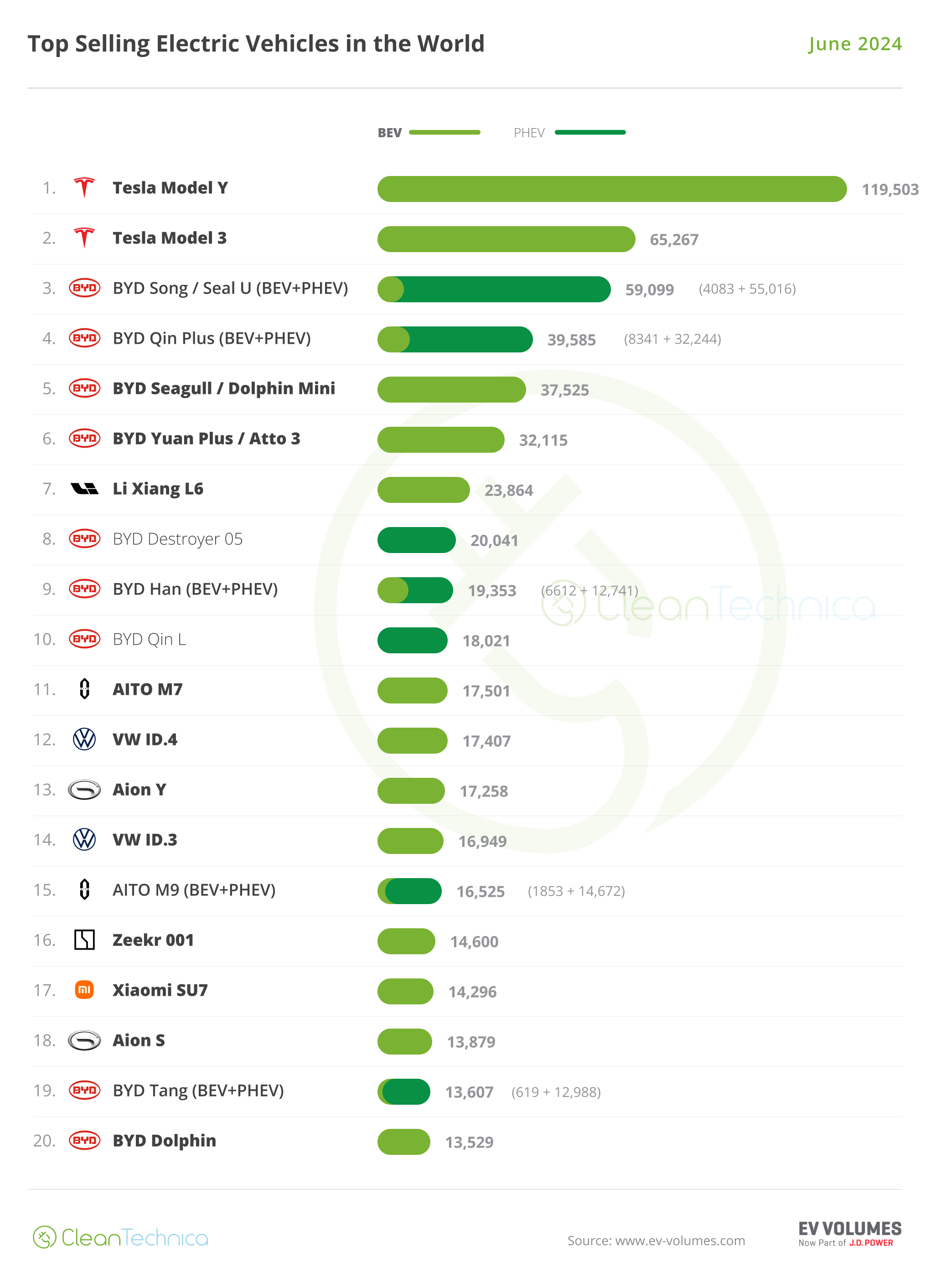Sign up for daily news updates from CleanTechnica on email. Or follow us on Google News!
BYD is constantly in the news now, thanks to its fast rise in EV sales, almost continual rollout of new models, and expansion into more and more countries around the world. It became the world leader in plugin vehicle sales a long time back, but it’s also on the verge of becoming the world leader in pure BEV sales (it could pass Tesla for that title later this year). Amidst various BYD announcements, though, we skipped over one last month.
We covered BYD’s new factory in Thailand, which seems like a big deal since BYD sales have exploded there and the company’s sharp price cuts have stimulated a government investigation. However, another new BYD factory was inaugurated at about the same time and has begun high-volume vehicle production. That factory, as the title already told you, is in Uzbekistan.
At the launch of the factory last month, BYD Founder, Chairman, and President Wang Chuanfu as well as BYD Executive Vice President Stella Li hosted President of the Republic of Uzbekistan Shavkat Mirziyoyev and others to watch the “first mass-produced new energy car roll off the line.” The factory began preliminary production in January, and BYD started selling plugin vehicles in Uzbekistan in March 2023.

Notably, this factory is a joint venture facility, and BYD’s first joint venture factory outside of China. The company’s joint venture partner is Uzavtosanoat JSC (UzAuto), and the joint venture was formed in December 2022. So, while we sometimes frame BYD’s rapid expansion into other markets as an avenue for continued growth as the Chinese EV market has become hypercompetitive, the fact is this partnership has been in the plans for a couple of years, and it involves producing cars outside of China, not just selling them outside of China. What more could one ask for?
In addition to producing cars for the Uzbekistan market, vehicles produced in this new factory will be exported to countries in Central Asia. In its first phase of development, the factory is expected to have an annual production capacity of 50,000 vehicles. Perhaps in a later phase, when BYD ramps up production, some of those vehicles will be headed toward Europe or notable South Asian markets like India. We’ll see.
BYD is also playing a larger role in the advent of an EV market in Uzbekistan. “BYD and the Uzbekistan Government also exchanged the Green Transportation Initiative Cooperation Agreement, supporting the transition to new energy vehicles in Uzbekistan. Within the Agreement, BYD in conjunction with the Uzbekistan government, will promote relevant regulations and certification policies for new energy vehicles in Uzbekistan, stimulating development of the entire NEV industry supply chain,” BYD adds. Tashkent will be promoted as a model city for green transportation, and knowledge about new energy vehicles will be more widespread in Uzbek society.”
Since entering the Uzbekistan market in March 2023, BYD has sold 15,000 plugin vehicles there, and has opened 18 official sales and service centers. I’m curious to see how many more vehicles it will be able to sell with this new factory at high-volume production and with the results of BYD’s collaboration with the Uzbekistan government on EV-related policies. Uzbekistan recently rocked it at the Olympics, bringing home 8 gold medals, more than all but 12 other countries, and more than any country in Asia except China, Japan, and South Korea. It has a population of 36 million. Are millions of Uzbekistanis ready to rock it with EVs?
Have a tip for CleanTechnica? Want to advertise? Want to suggest a guest for our CleanTech Talk podcast? Contact us here.
Latest CleanTechnica.TV Videos
CleanTechnica uses affiliate links. See our policy here.
CleanTechnica’s Comment Policy





